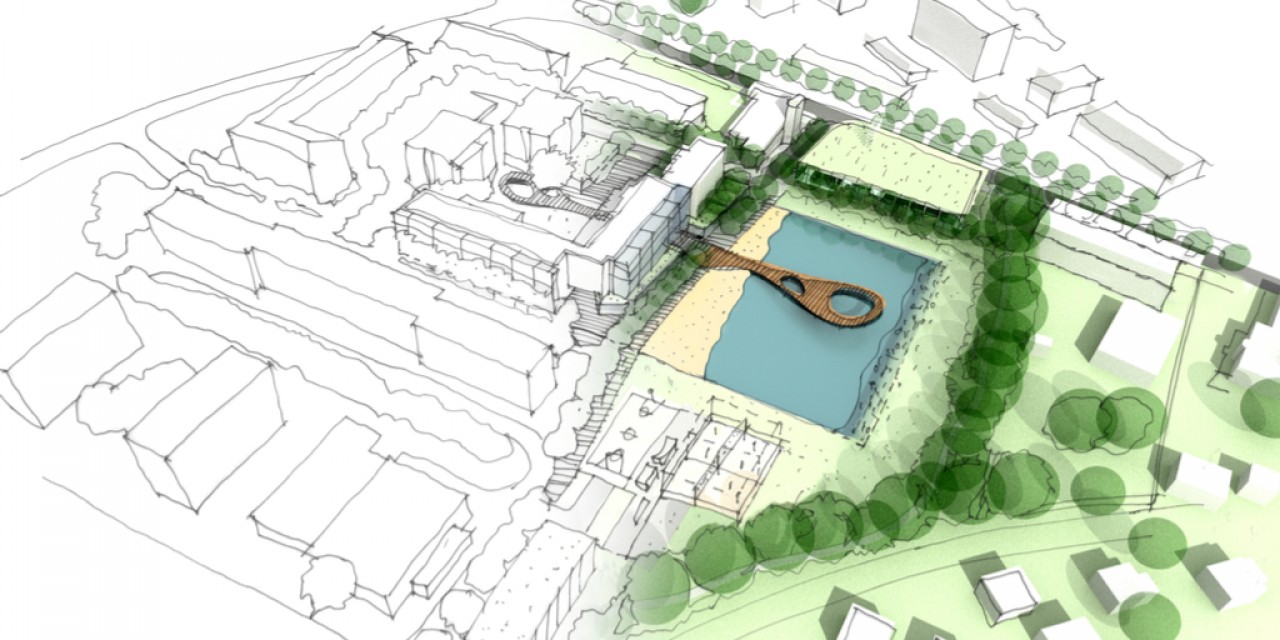

Ensuring That Your Voluntary Cleanup Gets You What You Need - Overcoming Bars to Contemplated Uses

“‘When I use a word,’ Humpty Dumpty said in rather a scornful tone, ‘it means just what I choose it to mean – neither more nor less.’ . . . ‘The question is,’ said Humpty Dumpty, ‘which is to be master – that’s all.’”1
As the desirability of mixed-use development continues to increase, so too will the need to ensure that remediation will allow all intended uses. On that point, one of our manufacturing clients recently found itself in a surprising dilemma when it decided to modify the planned use of the property. The client decided to not only acquire a bigger facility to accommodate increased operations, but also to engage in side-activities that it hoped would be lucrative, fun, and beneficial to the community.
The client’s adventure began as you might expect – it engaged a real estate agent to help locate a bigger space. But, they couldn’t find a space that was quite the right size. So, the client decided to pick a property that was too big and rent out the extra space. With that plan in mind, the client took steps to buy the property, including retaining Post & Schell to determine whether the property was clean enough to allow the contemplated uses, and to help get any necessary cleanup completed. Sampling showed that the property wasn’t clean enough. Fortunately, though, the seller agreed to create an escrow fund and clean up the property to “non-residential” standards after closing. With that promise, and some other assurances, the client agreed to close on the property, and set about searching for prospective tenants. As the transaction proceeded, the client found a potential tenant to provide indoor entertainment activities including go-karts, laser tag, rock climbing, arcade games, and escape rooms. And here’s where the interesting part of the story begins.
For background, Pennsylvania’s voluntary cleanup program was created by legislation commonly referred to as “Act 2”2. Act 2 charges the Pennsylvania Department of Environmental Protection (“PADEP”) with implementing its provisions, including creating standards for “residential” and “non-residential” use. You would think that the “non-residential” category would be a better fit than “residential” for uses like go-karts, laser tag, rock climbing, arcade games, and escape rooms. But, according to PADEP, this is not so.
Act 2 defines “non-residential property” as:
Any real property on which commercial, industrial, manufacturing or any other activity is done to further either the development, manufacturing or distribution of goods and services, intermediate and final products, including, but not limited to, administration of business activities, research and development, warehousing, shipping, transport, remanufacturing, stockpiling of raw materials, storage, repair and maintenance of commercial machinery and equipment, and solid waste management. This term shall not include schools, nursing homes or other residential-style facilities or recreational areas.3
PADEP has applied this definition to a wide range of commercial activities, including numerous retail activities. And our prospective tenant appears to similarly qualify as a commercial activity – specifically, a business engaged in the activity of providing the service of entertainment. But, in an unwritten policy, PADEP takes the position that “commercial activity” does not include commercial entertainment uses such as theatres and other similar entertainment venues. PADEP similarly took the position that the prospective tenant’s entertainment activities – go-karts, laser tag, rock climbing, arcade games, and escape rooms – are not “commercial activity.” Instead, these activities constitute “recreational areas” subject to residential standards.4
From a practical standpoint, PADEP’s interpretation is nonsensical. One of the reasons that residential standards are more stringent than non-residential standards is in order to protect individuals who experience direct exposure to contaminated environmental media (including soil, groundwater, and vapors) seven days a week, each night and part of each day. But, just like visitors to stores, hair salons, office buildings, and other commercial establishments, visitors to indoor entertainment facilities are, by definition, indoors and therefore protected against direct exposure by the building floor, walls, etc. And under PADEP’s interpretation, a person can be at a property cleaned up to “non-residential standards” if they are getting their hair done or eating lunch, but not if they are having fun in an entertainment venue. But, PADEP was not swayed by this logic and, insisted on its interpretation.
The prospect of cleanup up to a residential standard presented prohibitive costs and delay for the client, as did the prospect of challenging PADEP’s position. To resolve this dilemma, we suggested that the client instead pay the seller the nominal additional costs necessary to perform a risk assessment that would show whether the prospective tenant’s entertainment activities could safely be conducted even if the property only satisfied non-residential standards. The client made the suggestion to the seller, and the seller agreed. The results conclusively demonstrated that the proposed activities could be safely undertaken without cleanup to residential standards. We then modified the agreement of sale to accommodate the seller’s agreement to include the risk assessment as part of its reports to PADEP, and the parties closed on the transaction.
But our story does not end here. In addition to the entertainment uses, there was one other side-use the client contemplated – to someday build much-needed housing on the undeveloped part of the property. Although that part of the property was never contaminated, we wanted to avoid the stigma of having it taken through the Act 2 process along with the contaminated part. Fortunately, it was a separate parcel from the one that contained the building and the contamination. Therefore, we suggested that the seller simply redefine “the property” – in other words, remove the clean parcel from the scope of what the seller was taking through the Act 2 voluntary cleanup process. The seller willingly agreed to do so. In the end, the client acquired one untarnished parcel suitable for residential use, and one remediated parcel suitable for manufacturing and a wide range of entertainment uses.
This reminds us of several important points when acquiring contaminated property:
- Retain skilled environmental counsel early on, to identify environmental problems and practicable solutions.
- Be sure your counsel understands your goals and limitations so that he or she can help craft appropriate strategies to achieve those goals.
- Let your business goals drive the cleanup, rather than vice versa.
- Don’t be too quick to rule out challenging properties and projects.
Footnotes:
1 Alice’s Adventures in Wonderland by Lewis Carroll (aka Charles Lutwidge Dodgson), Chapter 6.
2 The Land Recycling and Environmental Remediation Standards Act, Act 2 of 1995, 35 P.S. § § 6026.101—6026.909.
3 35 P.S. § 6026.103 (emphasis added).
4 Act 2’s definition of “residential” is unhelpful; it defines “residential” property as: “Any property or portion of the property which does not meet the definition of ‘nonresidential property’”. Id.
Disclaimer: This post does not offer specific legal advice, nor does it create an attorney-client relationship. You should not reach any legal conclusions based on the information contained in this post without first seeking the advice of counsel.

